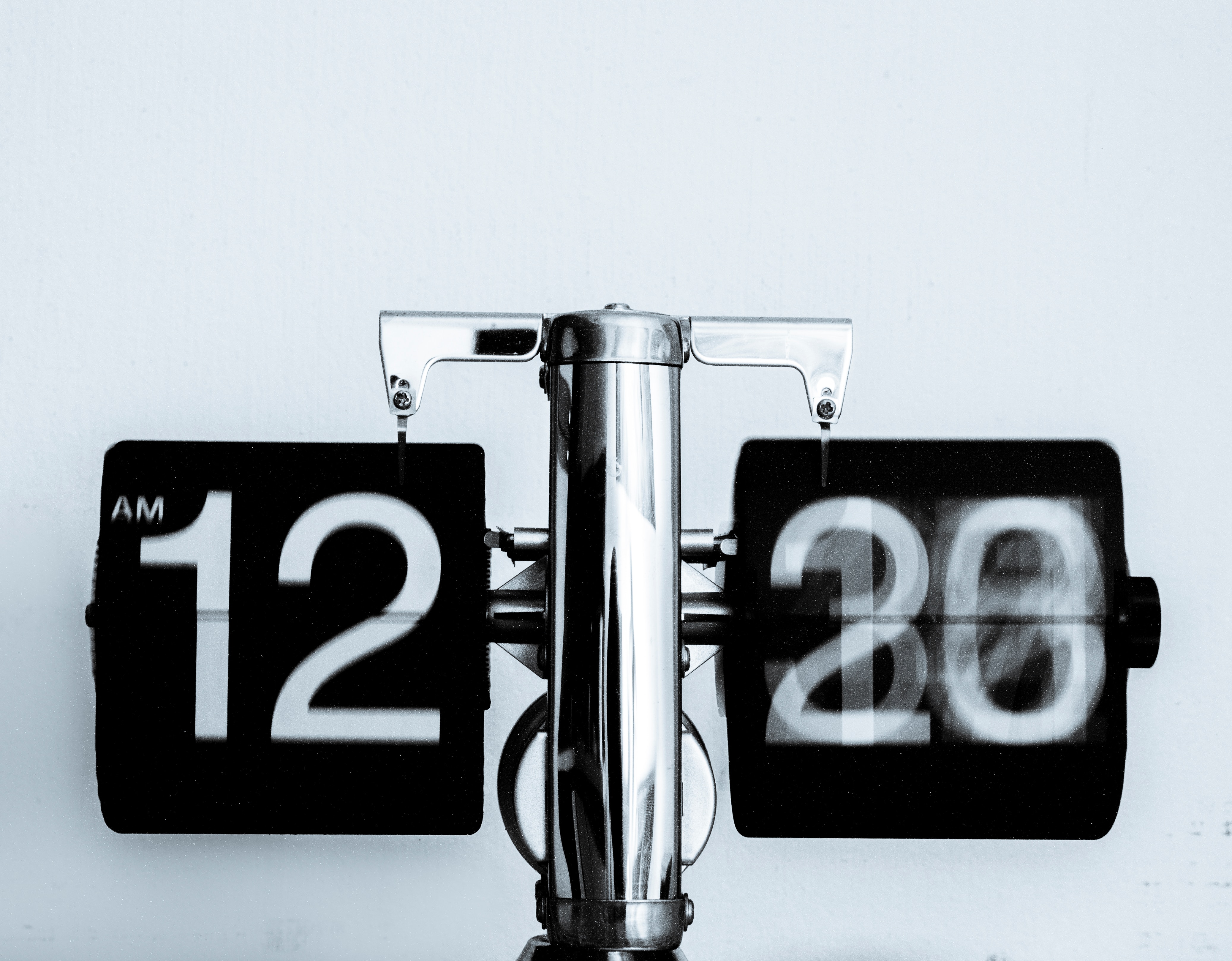Optimal time
September 16, 2023

What is your optimal time for deep work?
The time of day can greatly influence your cognitive performance, especially when it comes to achieving a state of flow, a key metric closely linked to producing high-quality work. It's therefore advantageous to schedule your priority tasks or deep work during the periods when you're at your cognitive best.
Everyone's peak productivity times differ. You could be an early bird, or you might find your stride in the afternoon or late evening. You probably have a sense of which category best describes you.
For instance, if you're a morning person, it would be beneficial to dive into your high-priority tasks right away. Your first few hours of the day are the key to your productivity. This time should be kept free of distractions and multitasking. Consider this 'optimal time' as sacred, reserved only for your top priorities. Other tasks, such as emails, administrative work, and meetings, can be allocated to less optimal times, such as the afternoon in this case.

How does Pylot determine optimal time?
Pylot is designed to provide an objective answer to the question, 'When do I perform best?' or more specifically, 'When is my optimal time for deep work?'. To achieve this, Pylot creates a personalised profile based on your cognitive performance data.
A minimum of 20 hours of data is required for Pylot to generate a recommendation, but more data enhances the accuracy. Pylot then identifies the time range during the day with the highest level of sustained flow and low fatigue.
The app will categorise this timeframe as 'Mid-morning', 'Early afternoon', etc., tailored to your unique profile.
We recommend you utilise this identified period for your deep work, as discussed above. This way, you can take full advantage of your cognitive peak times for maximised productivity.

Pylot
Optimal time
September 16, 2023

What is your optimal time for deep work?
The time of day can greatly influence your cognitive performance, especially when it comes to achieving a state of flow, a key metric closely linked to producing high-quality work. It's therefore advantageous to schedule your priority tasks or deep work during the periods when you're at your cognitive best.
Everyone's peak productivity times differ. You could be an early bird, or you might find your stride in the afternoon or late evening. You probably have a sense of which category best describes you.
For instance, if you're a morning person, it would be beneficial to dive into your high-priority tasks right away. Your first few hours of the day are the key to your productivity. This time should be kept free of distractions and multitasking. Consider this 'optimal time' as sacred, reserved only for your top priorities. Other tasks, such as emails, administrative work, and meetings, can be allocated to less optimal times, such as the afternoon in this case.

How does Pylot determine optimal time?
Pylot is designed to provide an objective answer to the question, 'When do I perform best?' or more specifically, 'When is my optimal time for deep work?'. To achieve this, Pylot creates a personalised profile based on your cognitive performance data.
A minimum of 20 hours of data is required for Pylot to generate a recommendation, but more data enhances the accuracy. Pylot then identifies the time range during the day with the highest level of sustained flow and low fatigue.
The app will categorise this timeframe as 'Mid-morning', 'Early afternoon', etc., tailored to your unique profile.
We recommend you utilise this identified period for your deep work, as discussed above. This way, you can take full advantage of your cognitive peak times for maximised productivity.

Pylot
Optimal time
September 16, 2023

What is your optimal time for deep work?
The time of day can greatly influence your cognitive performance, especially when it comes to achieving a state of flow, a key metric closely linked to producing high-quality work. It's therefore advantageous to schedule your priority tasks or deep work during the periods when you're at your cognitive best.
Everyone's peak productivity times differ. You could be an early bird, or you might find your stride in the afternoon or late evening. You probably have a sense of which category best describes you.
For instance, if you're a morning person, it would be beneficial to dive into your high-priority tasks right away. Your first few hours of the day are the key to your productivity. This time should be kept free of distractions and multitasking. Consider this 'optimal time' as sacred, reserved only for your top priorities. Other tasks, such as emails, administrative work, and meetings, can be allocated to less optimal times, such as the afternoon in this case.

How does Pylot determine optimal time?
Pylot is designed to provide an objective answer to the question, 'When do I perform best?' or more specifically, 'When is my optimal time for deep work?'. To achieve this, Pylot creates a personalised profile based on your cognitive performance data.
A minimum of 20 hours of data is required for Pylot to generate a recommendation, but more data enhances the accuracy. Pylot then identifies the time range during the day with the highest level of sustained flow and low fatigue.
The app will categorise this timeframe as 'Mid-morning', 'Early afternoon', etc., tailored to your unique profile.
We recommend you utilise this identified period for your deep work, as discussed above. This way, you can take full advantage of your cognitive peak times for maximised productivity.

Pylot
Design your day
Get tips on how to design your day with Pylot






